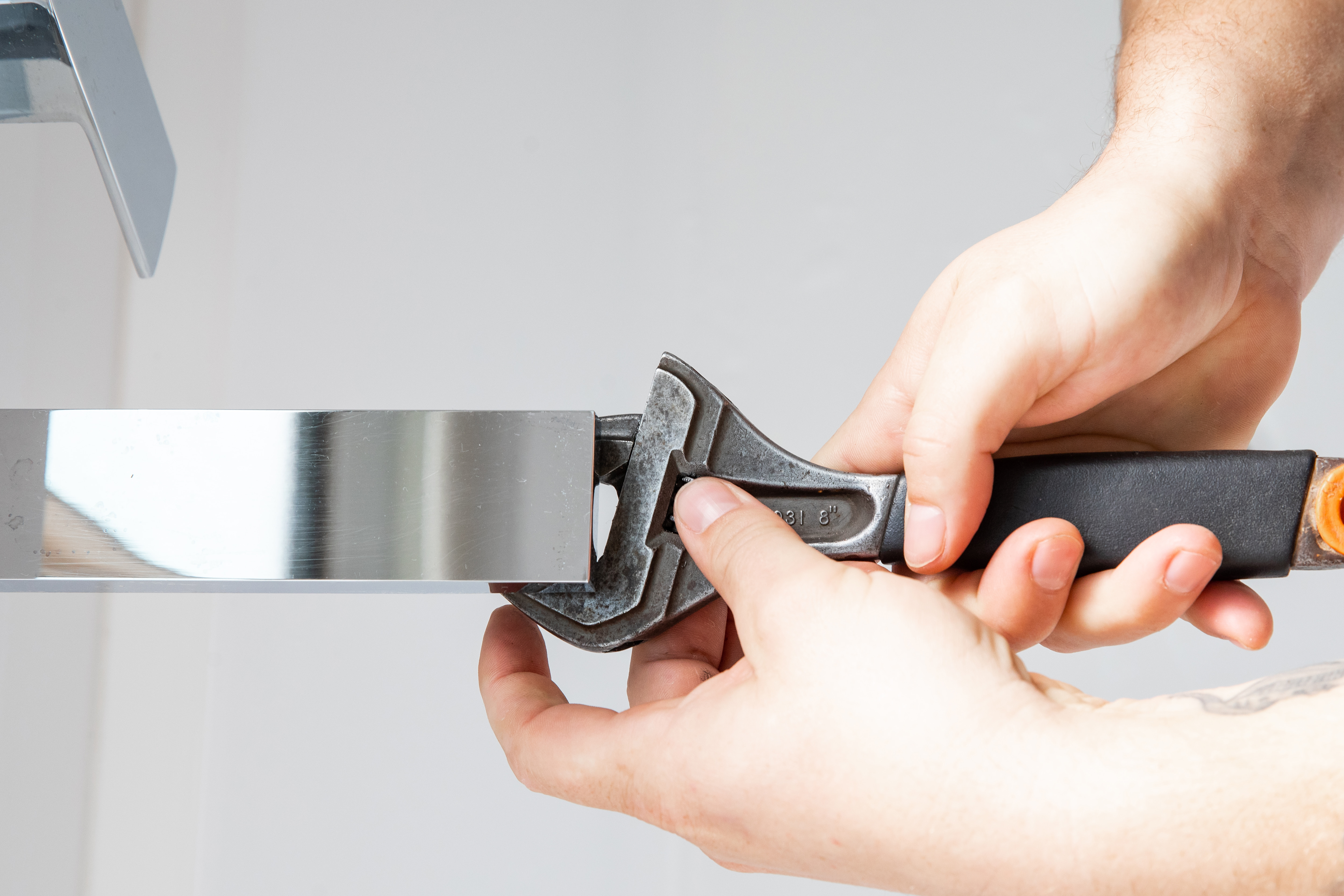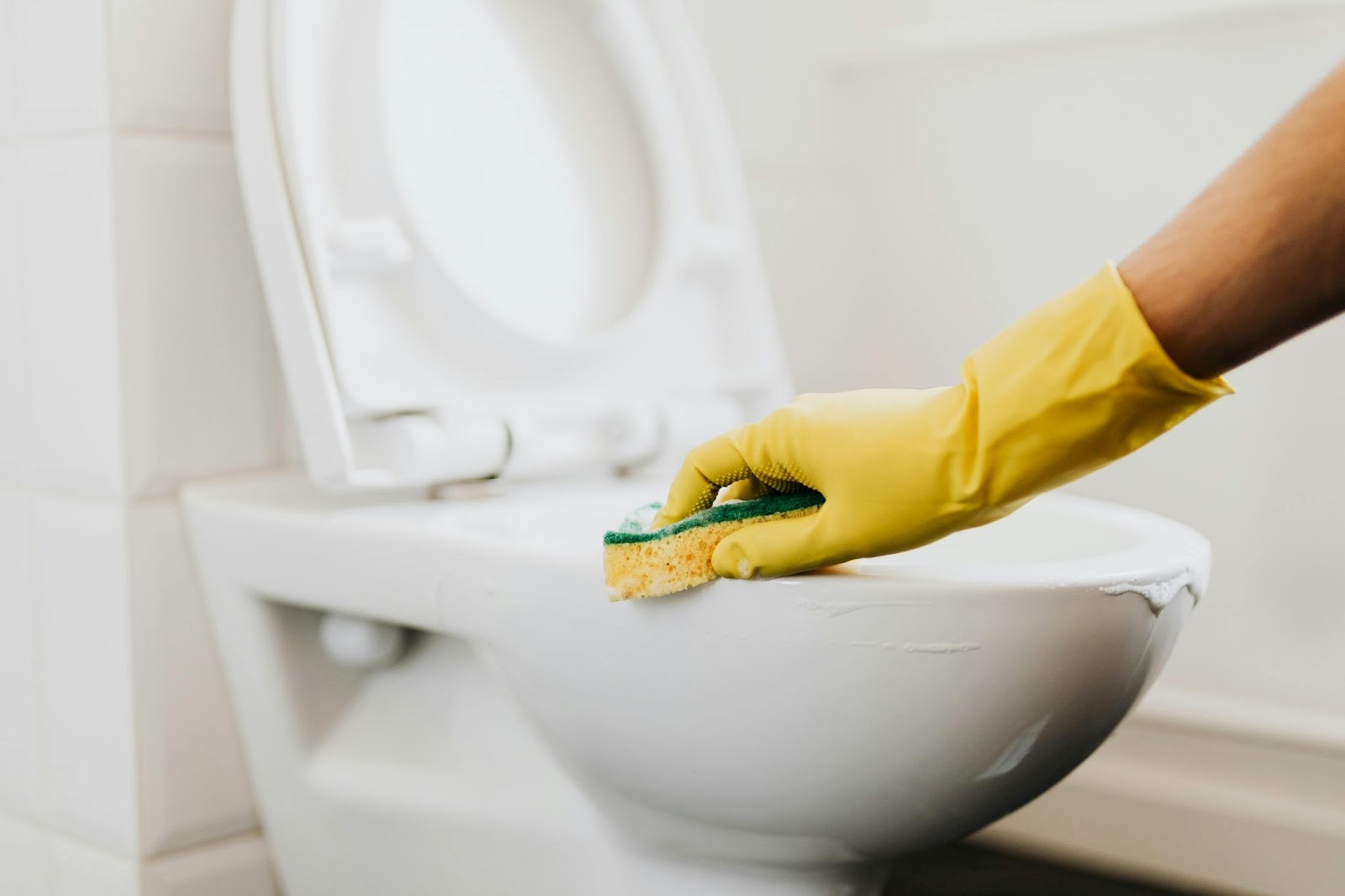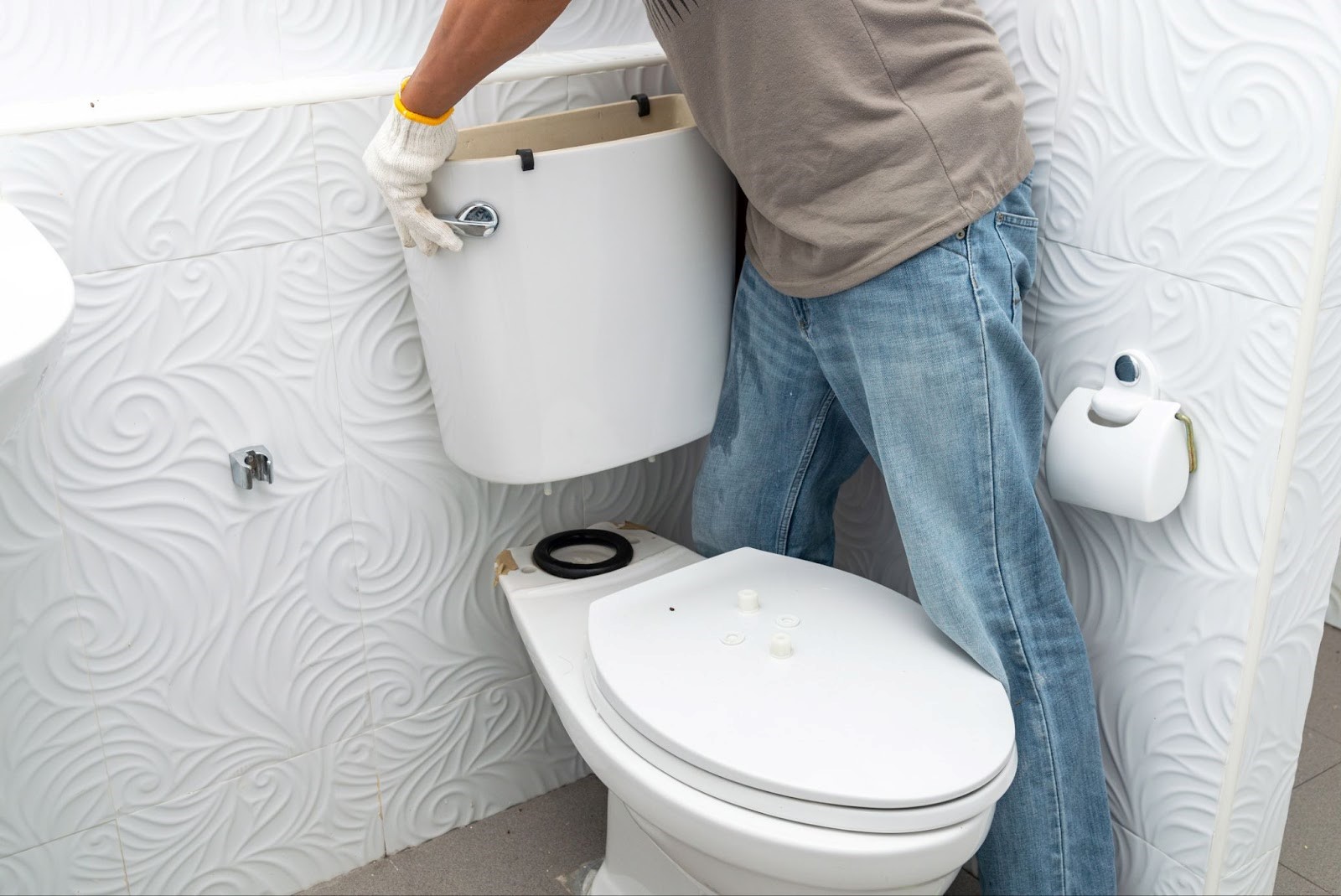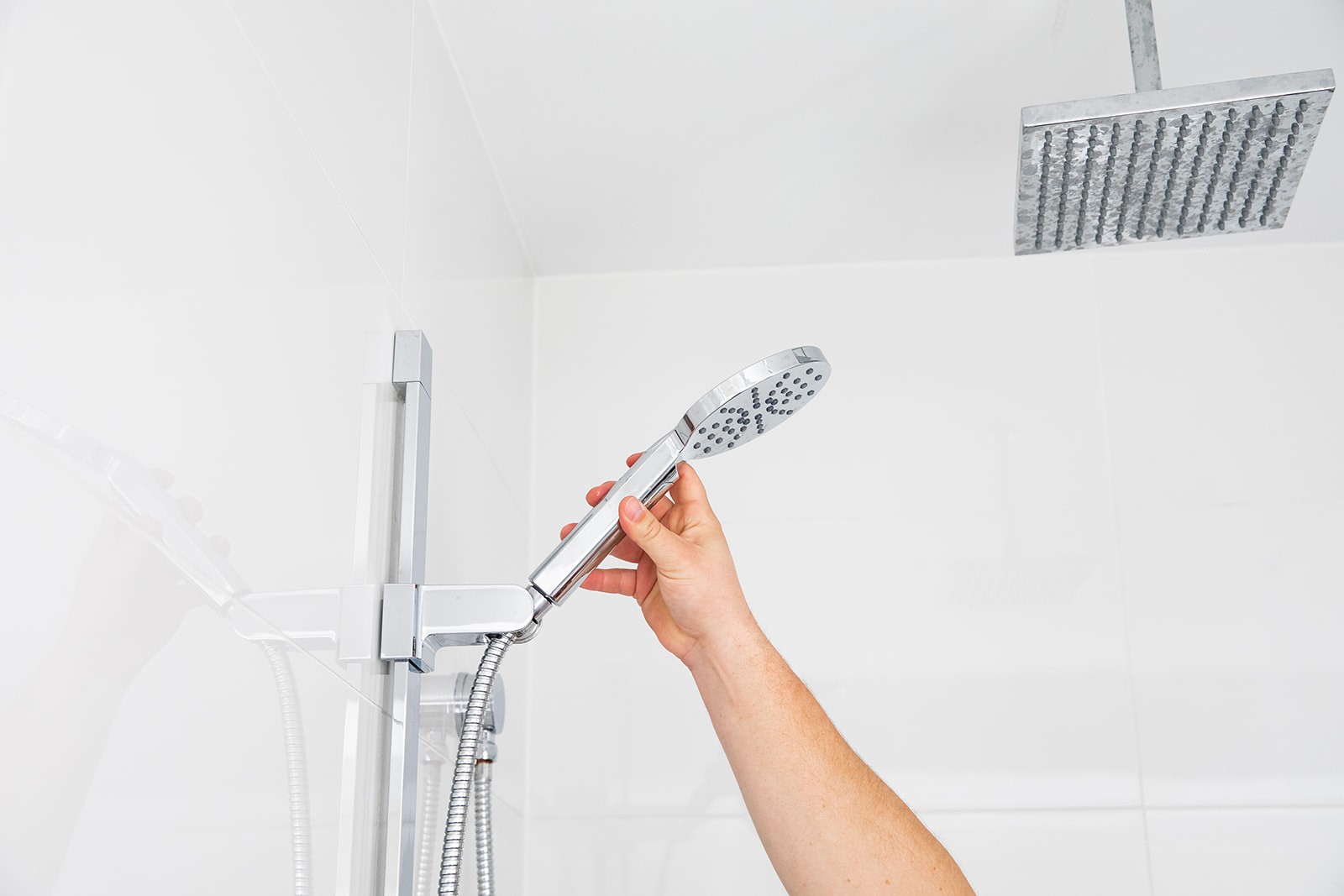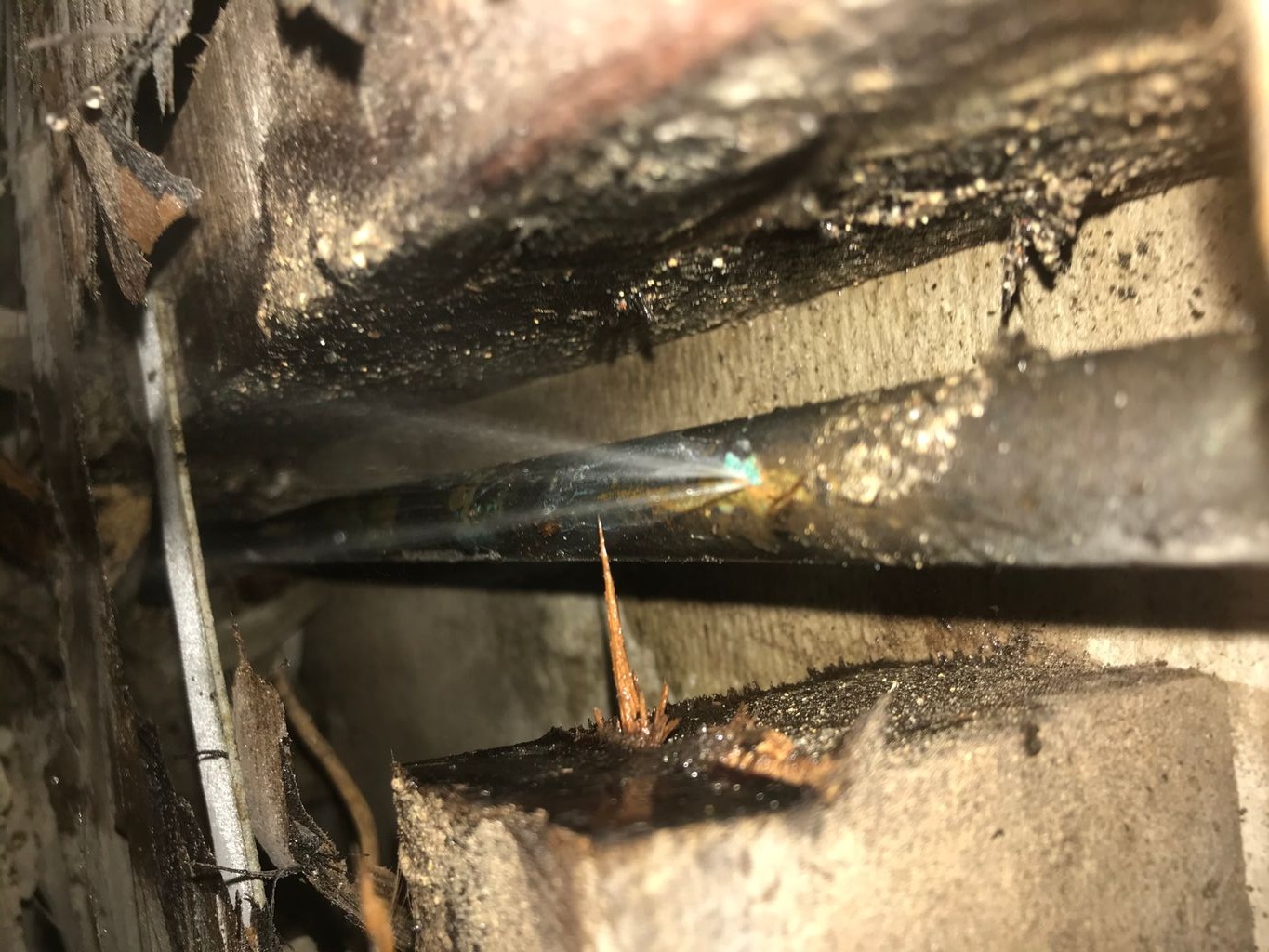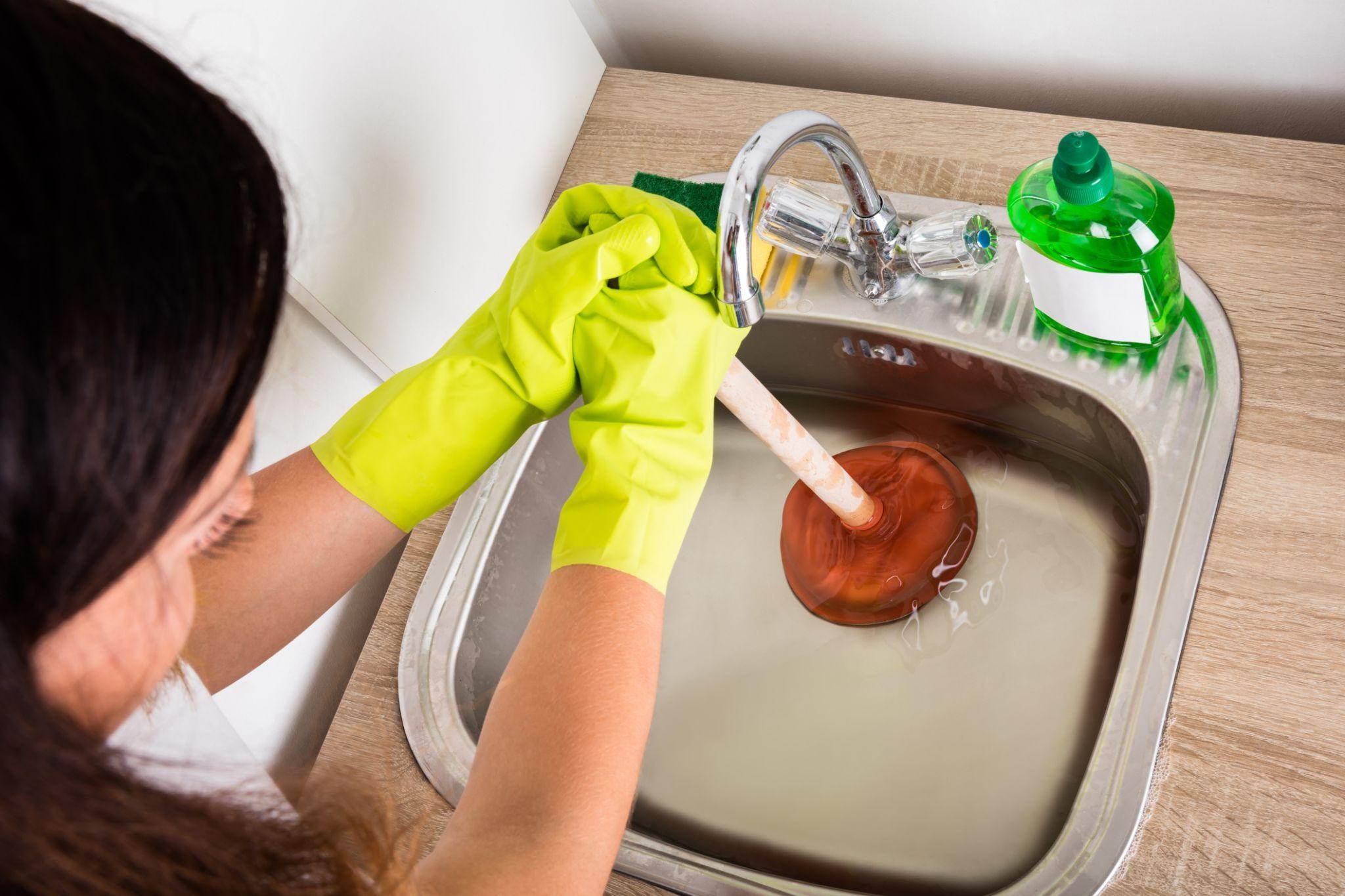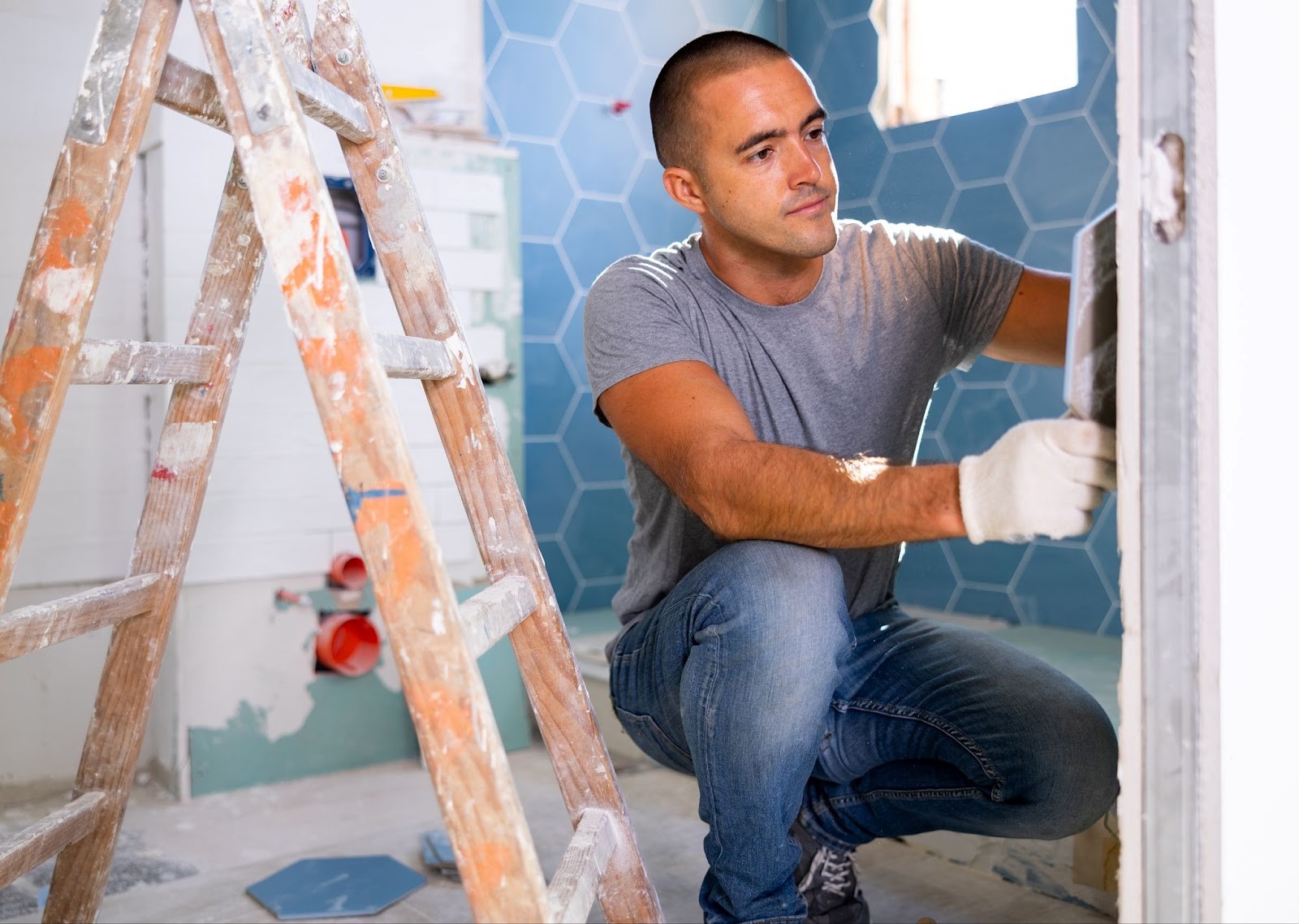In this article, we look at all the most common types of taps, explaining everything you need to know about them and which might be best for your situation.
Have you ever given a second thought to the humble tap? Many people haven’t, but behind the functional design lies a world of choices, each tailored to specific needs and aesthetics. Whether revamping your kitchen or sprucing up the bathroom, selecting the right tap makes a world of difference. Let’s take a look at the types of taps commonly available, and find the one that resonates with your space.
9 Common Tap Types
Let’s take a look at some of the most common tap types used in homes across the world.
1. Pillar Taps

Generally, if you’re looking at two taps – one for hot and one for cold – you’re looking at pillar taps. These taps are usually found in older homes. While they ooze old-school charm, they don’t offer the ease of temperature control of their modern counterparts. The double spouts can mean a higher volume of water is released over a set period of time, making them a decent choice for bathtubs.
2. Mixer Taps

These are some of the most common tap types in the modern home. Why have two taps when one can do the job? Mixer taps seamlessly blend cold and hot water streams, providing water at just the right temperature. They’re commonly found in kitchens and bathrooms.
3. Monobloc Taps

Stylish and sleek, monobloc taps operate with a single handle controlling both the water flow and temperature. These taps require a single hole in the basin or sink, making them perfect for that minimalist aesthetic.
4. Wall-Mounted Taps

Floating vanities and freestanding baths have given rise to wall-mounted taps. Rather than being mounted on the sink or bath, they’re fixed on the wall, offering a clean and uncluttered look. A heads up: these taps need a lot more planning as the plumbing is hidden behind the walls.
5. Freestanding Taps

Ideal for freestanding baths, these taps stand tall and proud on the bathroom floor. They give off an air of luxury and are perfect for those indulgent soaks on a Friday night, wine in hand.
6. Pull-Out and Pull-Down Taps

Popular in kitchens, these taps extend to reach those far-off spots in your big sinks or to fill pots on the countertop. Highly functional and flexible, they’re a cook’s best mate.
7. Disc Taps

These modern taps use two ceramic discs that slide over each other to regulate water flow and temperature. Not only are they sleek and stylish, but their mechanism is also known to be more durable than traditional washers.
8. Sensor Taps

You’ve probably seen (or awkwardly waved your hands under) these in public restrooms. Using infrared sensors to detect hand movement, they release water only when needed, promoting water conservation.
9. Ball Taps

Ball taps, predominantly found in kitchens, use a ball joint to control both the flow and temperature of the water. A single handle does all the work, moving over a round, ball-shaped cap right above the water spout. While they are sleek and modern in appearance, they commonly spring a leak after a while. However, with technology continually evolving, the more recent models are leak-resistant.
What Is a Tap?
To get down to basics, let’s look at the actual definition of a tap.
A tap is a device that controls the release of liquids, most commonly water – no surprise there. Taps are used to regulate the flow of water in sinks, baths, showers, and outdoor fixtures and have been around since Roman times (although their plumbing systems were tainted with lead – not ideal).
Most taps inside our homes today are what are known as mixer taps – taps that mix both cold and hot water to allow users to achieve a temperature of their choice. The mixer tap was invented by Thomas Campbell and patented in 1880. Find out more about the history of plumbing here.
Beyond their fundamental utility, taps have evolved into intricate pieces of hardware, boasting a myriad of designs, finishes, and technologies to enhance both functionality and aesthetics in modern spaces.
How Does a Tap Work?
When looking to understand how a tap works, there’s one main concept to understand first: water in your home’s pipes is constantly under pressure, meaning it naturally wants to come out. A tap simply prevents the pressure from escaping when closed (or “off”), or relieves some of this pressure when open (or “on”). If you were to put a camera into the spout of a tap that is turned off, you’d spot a small opening with a rubber stopper pressed against it. This stopper is the gatekeeper holding back the water.
The way this works is by making a screw (which is controlled by the tap handle) either push the rubber stopper against the opening, halting water flow, or pull it away, letting water out. This simple mechanism, influenced by both the principles of simple machines and fluid flow, ensures that we get water when we want and can stop it when we don’t. It’s an elegant dance of engineering and physics, all tucked away behind the turn of a handle.
Contact DCM Plumbing for All Your Plumbing Needs
DCM Plumbing is the best plumber on the Gold Coast. We are available 24/7 for all your plumbing needs. With over 900 5* Google reviews and 35 years of experience, we are known as the best for a reason. Got a blocked drain? Need help with leak detection? Want to learn how to clear a blocked drain? We can help.

